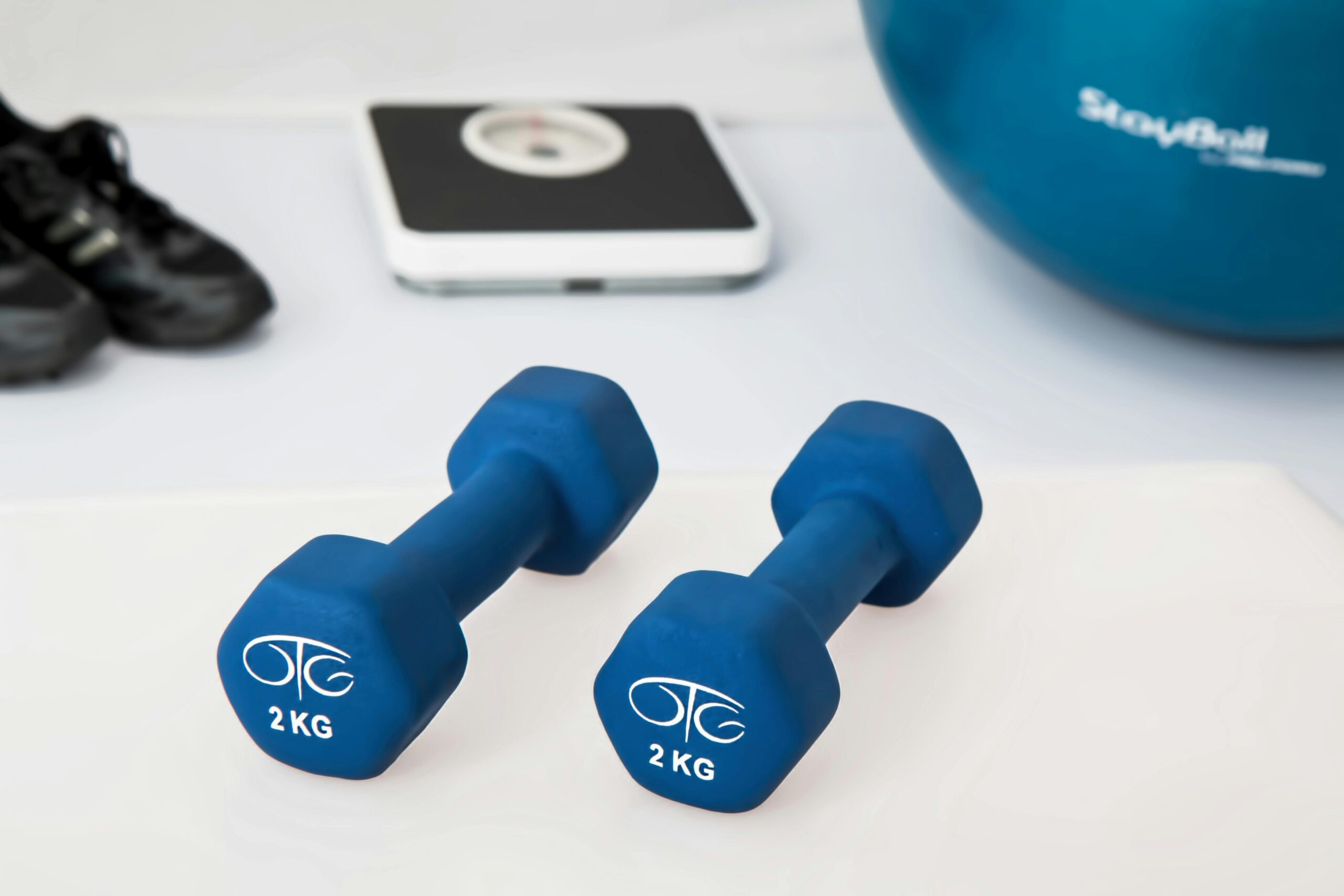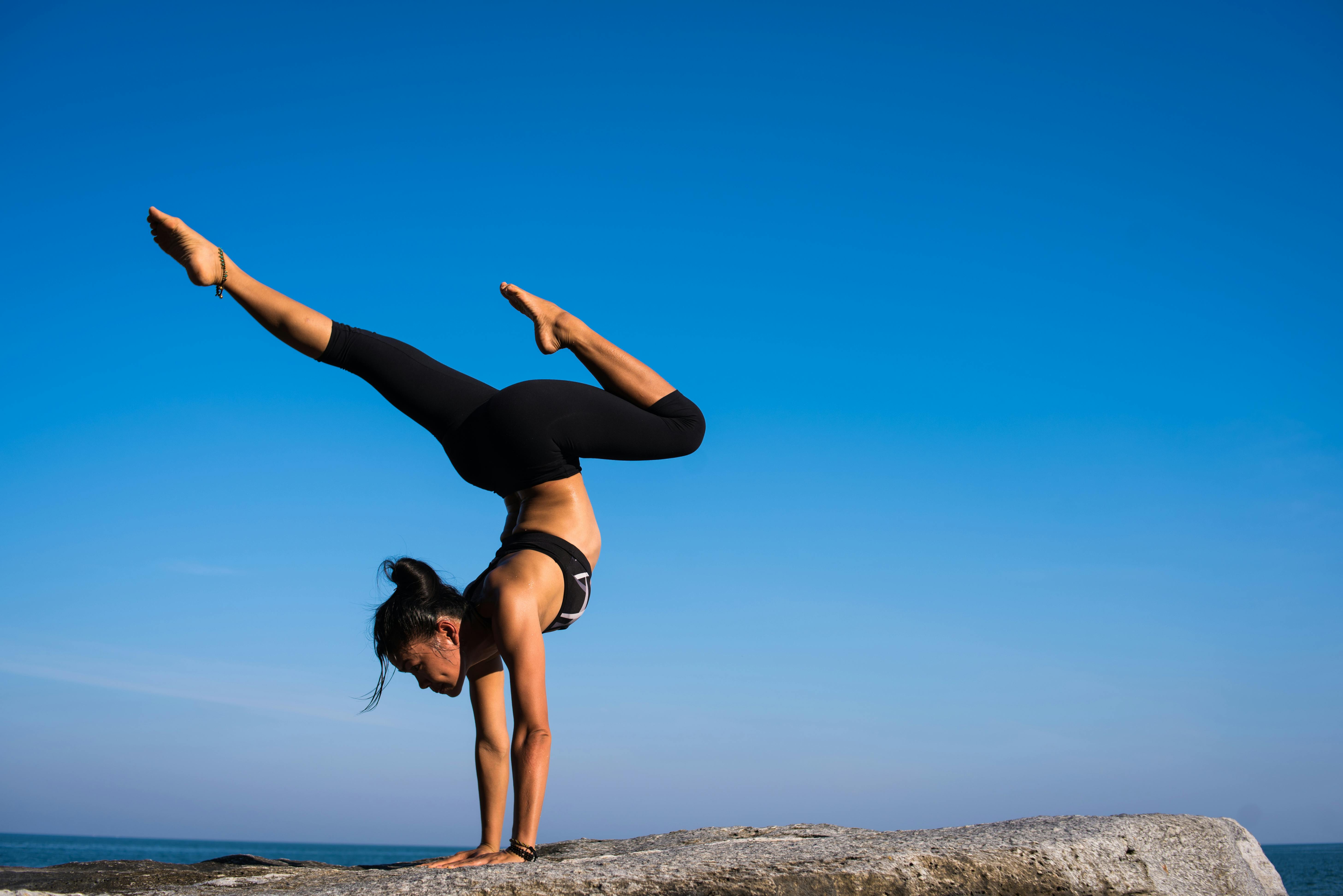Resistance Band Leg Press: Master Tips and Techniques
Mastering the Resistance Band Leg Press: Tips and Techniques

Are you looking for a way to tone your leg muscles and improve your lower body strength without using bulky gym equipment? Enter the resistance band leg press, one of the best leg press alternatives. This exercise is perfect for those who want to work out at home, as it only requires a resistance band and a little bit of space. In this blog post, we will dive deep into understanding the mechanics of the resistance band leg press, adjusting the resistance to optimize results, and key techniques to master this exercise. We will also explore alternative exercises that are just as effective in building leg strength and examine whether training with resistance bands can replace traditional gym equipment. Get ready to take your leg workout game to the next level with the resistance band leg press!
Understanding the Resistance Band Leg Press
Proper technique and form are crucial for effectively performing the resistance band leg press. By incorporating this exercise into your workout routine, you can target your leg muscles and engage your lower body, including the quadriceps, glutes, and hamstrings. The single leg resistance band leg press is an excellent alternative for individuals without access to a leg press machine, such as the seated leg press or free weights, offering a way to strengthen and tone the lower body while keeping your upper body and torso still. Mastering this exercise can contribute to your strength and resistance training goals.
The Mechanics of the Exercise
To perform the resistance band leg press, position your feet shoulder-width apart on the band, holding the handles at your sides. Begin by squatting down, maintaining tension on the band, and keeping your torso upright. Slowly press your body back up, fully extending your legs and engaging your leg muscles in a full extension. Throughout the exercise, focus on controlling your movement, avoiding jerking motions, and targeting your quadriceps, glutes, and hamstring muscles. This exercise offers a comprehensive lower body workout while minimizing the risk of injury and returning to the starting position.
 | Fabric Resistance Bands for Working Out - Booty Bands for Women and Men - Exercise Bands Resistance Bands Set - Workout Bands Resistance Bands for Legs |
Adjusting the Resistance for Optimal Results
To achieve optimal results with the resistance band leg press, it’s important to adjust the resistance based on your fitness level. You can do this by either shortening or lengthening the band. Increasing the resistance will challenge your leg muscles and intensify the exercise. On the other hand, if the band feels too tight, you can lower your body position to decrease the resistance. Finding the right resistance level allows you to maintain proper form and maximize the effectiveness of the leg press. Experimenting with different band strengths is the best way to determine the ideal resistance for your workouts.
Key Techniques for Mastering the Leg Press
Maintaining tension on the resistance band throughout the leg press exercise is crucial for effectively targeting your leg muscles. Explosive movements, such as quick leg press reps, can improve leg strength and power. Slow, controlled leg press movements allow your leg muscles to work through a full range of motion, making it a great exercise for overall fitness. Focus on breathing, exhaling as you press your body back up and engage your lower back muscles. Consistency is key, so incorporate the leg press into your regular routine.
Maintaining Tension on the Band
Throughout the leg press exercise, it’s crucial to maintain constant tension on the resistance band. Avoid letting the band go slack, as this will reduce the effectiveness of the exercise. Engage your leg muscles and press against the resistance band, ensuring resistance is maintained throughout the entire movement. By doing so, you’ll effectively target your leg muscles, making the leg press exercise more challenging and beneficial. Pay attention to your body position and the resistance of the band, keeping it taut and engaging your abs throughout each repetition.
The Importance of Explosive and Slow Movements
Incorporating explosive and slow movements into your resistance band leg press can significantly enhance your leg strength and power. By performing quick, explosive reps, you engage your leg muscles to generate force, promoting greater strength gains. Additionally, incorporating slow, controlled movements allows your legs to work through a full range of motion, targeting different muscle fibers and promoting muscle growth. Varying the tempo of your leg press also adds variety to your workouts, keeping your muscles engaged and preventing plateau. So, remember to include both explosive and slow movements in your resistance band leg press routine.

Alternative Exercises for Leg Strength
Looking to strengthen your lower body muscles beyond the resistance band leg press? There are several great alternatives that can help you achieve your leg strength goals. Squats, including barbell squats, dumbbell squats, and bodyweight squats, target your quadriceps, glutes, and hamstrings. Lunges, such as walking lunges, reverse lunges, and split squats, not only strengthen your leg muscles but also improve lower body stability. Broad jumps, or leap frog jumps, are another great leg press alternative that build leg strength through explosive movements. If you have joint pain, do broad jumps with care as the high-impact force may hurt your joints. By including these alternative exercises, you can add variety to your workouts, target different leg muscles, and prevent exercise monotony.
Squats and Their Variations
Squats, whether using your bodyweight, a barbell, or dumbbells, are highly effective exercises for strengthening your legs. They target your quadriceps, glutes, and hamstrings, helping you build muscle and improve lower body strength. Barbell squats, with the weight across your upper back, provide resistance and challenge your leg muscles. Dumbbell squats with weights at your sides allow for independent leg work. And bodyweight squats are a great starting point for beginners to focus on form and technique. Incorporate these squat variations into your leg training for optimal results.
Lunges and Their Advantages
Lunges, including walking lunges, reverse lunges, and split squats, are exceptional exercises for strengthening your leg muscles, particularly the front knee and back foot. They target your quadriceps, glutes, and hamstrings, helping to enhance lower body strength, balance, and muscle definition. Walking lunges, performed by stepping forward and alternating legs, improve leg strength and lower body stability. Reverse lunges, on the other hand, provide a different angle of resistance, targeting your leg muscles from an alternate direction. Split squats, with one foot forward and the other foot back, challenge your front leg and knee muscles and promote single-leg strength and stability. By incorporating lunges and their variations into your leg strength training routine, you can greatly benefit your overall lower body fitness.
 | Ankle Resistance Bands with Cuffs, Glutes Workout Equipment, Legs Resistance Bands for Kickbacks Hip Glute Training Exercises - Perfect for Home Workouts and Fitness Training for Women |
Frequently Asked Questions
Do leg resistance bands work?
Leg resistance bands are indeed effective for building leg strength and endurance. They offer a low-impact workout that is gentle on the joints. By targeting specific leg muscles like the glutes, quads, and hamstrings, leg resistance bands can greatly improve overall leg strength and athletic performance.
Conclusion
To maximize the benefits of your leg press workout, it’s important to understand the mechanics of the exercise and adjust the resistance accordingly. By maintaining tension on the band throughout the movement and incorporating both explosive and slow movements, you can target different muscle fibers and achieve optimal results.
While the resistance band leg press is an effective exercise for strengthening your legs, it’s also beneficial to incorporate alternative exercises such as squats and lunges into your routine for added variety and to target different muscle groups.
Ultimately, training with resistance bands can be just as effective as traditional leg press machines. They provide constant tension, engage stabilizing muscles, and offer a portable and versatile workout option. So, whether you’re at home or in the gym, mastering the resistance band leg press can take your leg strength and overall fitness to the next level.


No Comments